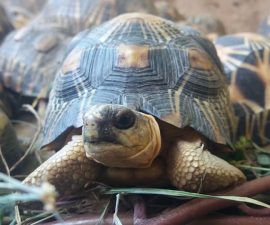Friday, May 15, 2020 is Endangered Species Day. While you probably know of our work helping giraffes, California condors, rhinos, and more, you might not know about some less “front page” but equally excellent species worth saving.
Roti Island Snake-necked Turtle
On this species’ island home in Indonesia, habitat alteration and pollution from human industries, invasive introduced species (and diseases) and drought combined to create an alarming situation of rapidly declining numbers. In the early 1990s, a spike in the number of turtles taken for the international pet trade were devastating; within a few years, the island populations were considered ecologically extinct. But there is hope!
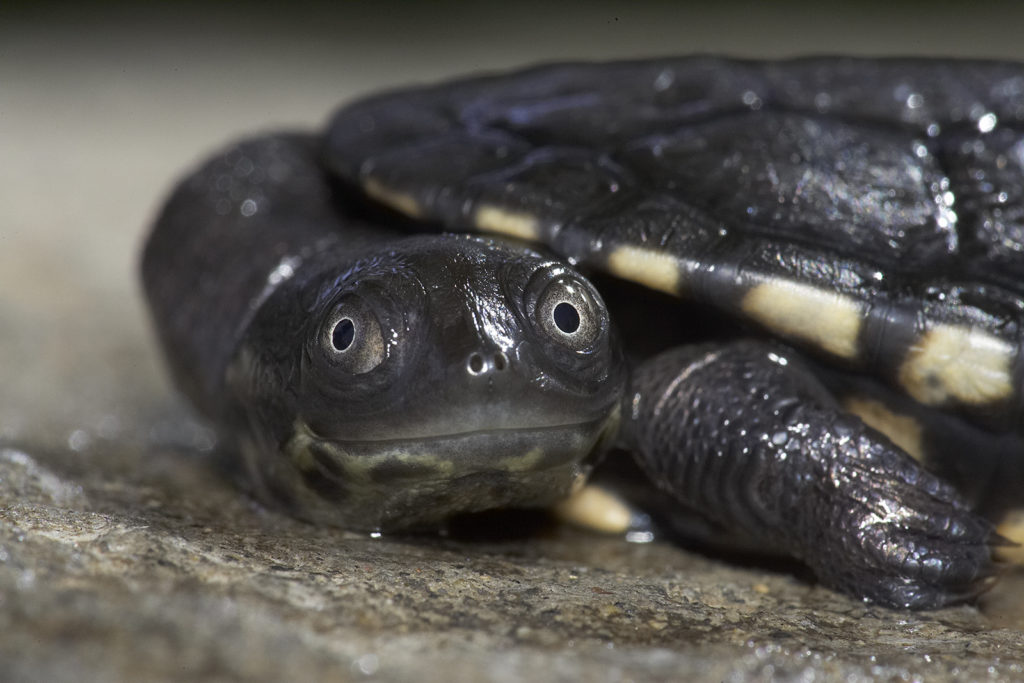
Breeding and building assurance populations under managed care—such as zoos and aquariums—is one step in the process to save these and other endangered turtles. Community conservation efforts, including setting aside protected areas is another vital part of the movement to bring these turtles home.
Saiga
Bearing the one of the most distinctive noses of any antelope species, saigas are native to dry steppes and semideserts of eastern Europe and central Asia. Hunted for meat in the past, they are now protected—but the new threat is poaching for their horns, which are highly valued in traditional Asian folk remedies.
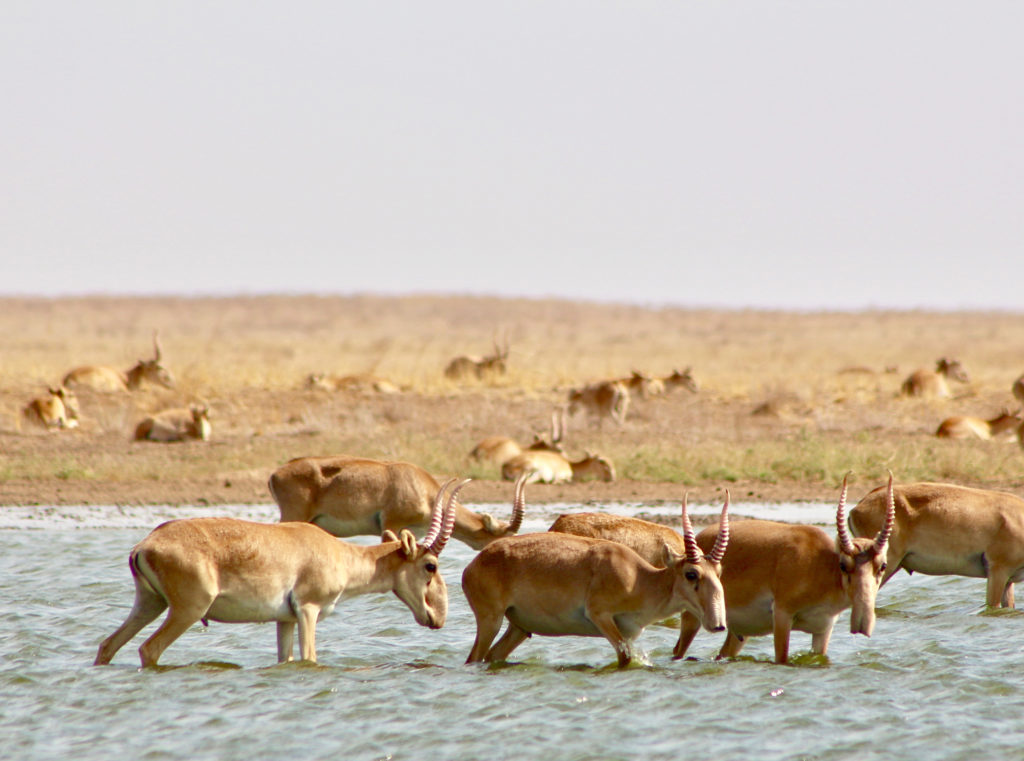
In 1994, there were about 1,350,000 saigas in Russia; today, there are a mere 65,000, with very few males—since poachers, who are mainly interested in the horns, take only the males. Learn more about how we’re helping saigas here.
Cabbage-on-a-stick Plant
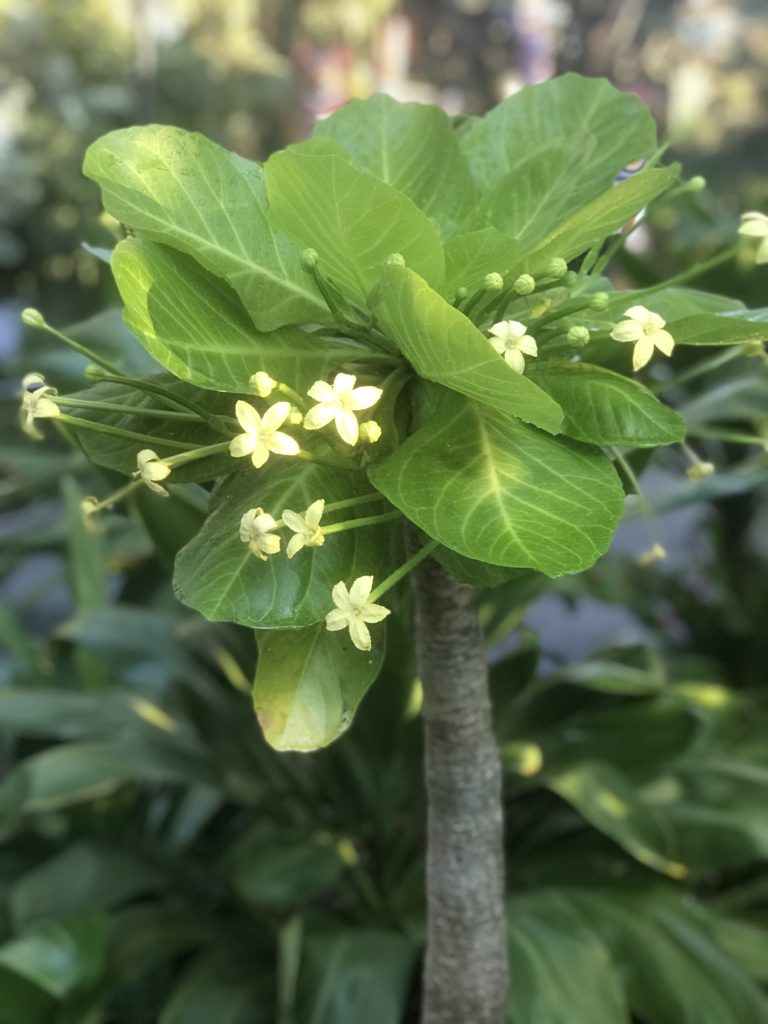
Does this plant look familiar? The alula or cabbage-on-a-stick Brighamia insignis is a popular houseplant, but in its native range of Hawaii, it was thought to be extinct. Overgrazing by feral goats and pigs and competition for space took a huge toll on the plants. To make matters worse, the plant’s only pollinator, a particular species of moth has become extinct.
When a small population was found in a remote, rugged spot on Kauai, botanists (who at times had to rappel down steep cliffs) set about finding and hand-pollinating the few survivors and collecting seeds. While the alula remains critically endangered and the negative factors still haunt its home, the worldwide effort to keep the gene pool fresh and active gives hope for the future. Dig into the details here.
Indian Vultures
From 1992 to 2000, the vulture population in India declined by 97 to 99 percent, and no one could figure out why.
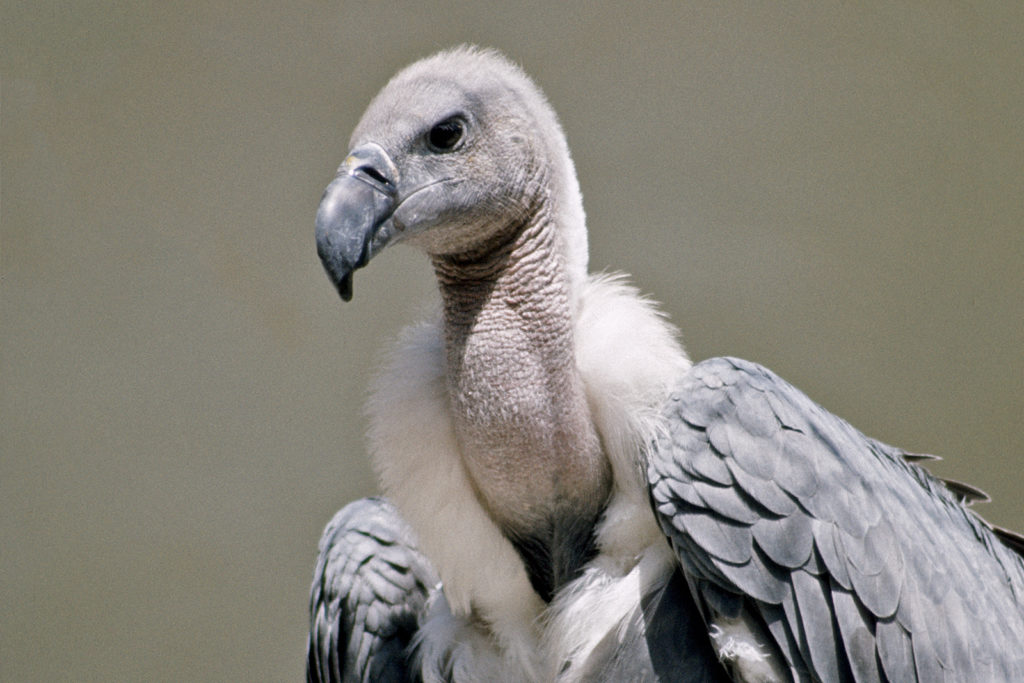
Finally, in 2003, the cause was found: diclofenac, an anti-inflammatory drug given to cows but deadly to vultures. If a cow died after receiving the medication, some of it could remain in its system. At the time, most carcasses were disposed of in dumps where they would be eaten by vultures, essentially poisoning large swaths of the vulture population. The result was that India’s vultures had nearly disappeared by 2000. There’s much more to the story, which you can read about here.
Lord Howe Island Stick Insect
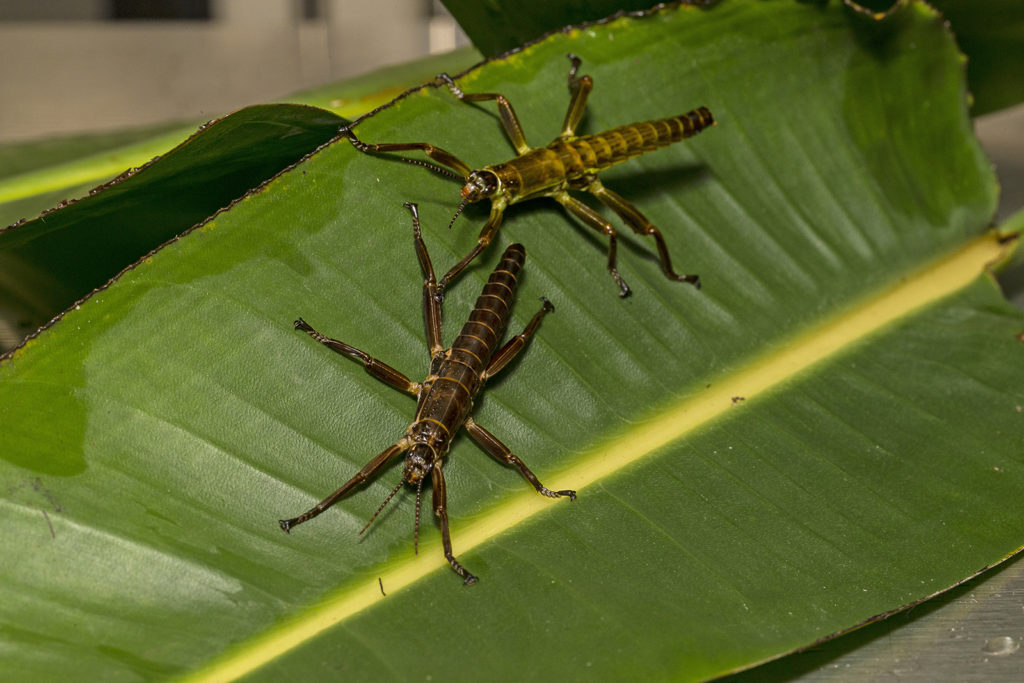
Once so plentiful that fishermen collected them to use as bait, these approximately four-inch-long insects seemed to vanish. After black rats infested their remote volcanic habitat in 1918 and devoured them, sightings of these insects declined precipitously. By the early 1930s, they were presumed extinct.
In 2001, astonished scientists discovered a tiny population of the insects surviving on one lone, scruffy shrub, clinging to life on a 60-degree slope of barren rock. Now, a few organizations, including the San Diego Zoo, are participating in resurrecting the rarest insect on the planet. Get the whole story here and more information here.
Hirola
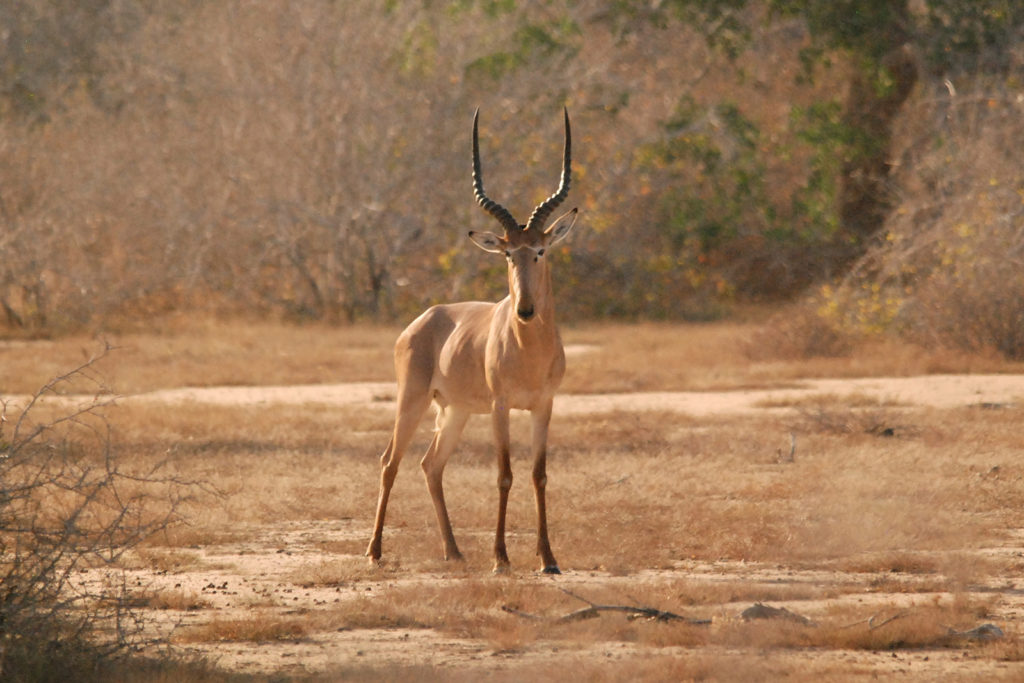
Say hello to the hirola, an antelope found on the dry grass plains and semi-deserts along the southeastern coast of Kenya and Somalia. These critically endangered antelope are adapted to beat the heat in a climate where droughts are a frequent challenge For one thing, they are very good at storing fat, which helps when food is scarce. They also have a low activity level and are fairly sedentary to save energy. Yet in recent years, the long-lasting, severe drought in northern Kenya has threatened the hirola’s survival. San Diego Zoo Global is helping support these tough and uniquely beautiful animals as their adaptations are pushed to the limit. Read more about them here.
Panamanian Golden Frog
The Panamanian golden frog is Panama’s national animal. Pictured on everything from T-shirts to lottery tickets to magazines, this tiny rain forest frog represents good fortune.
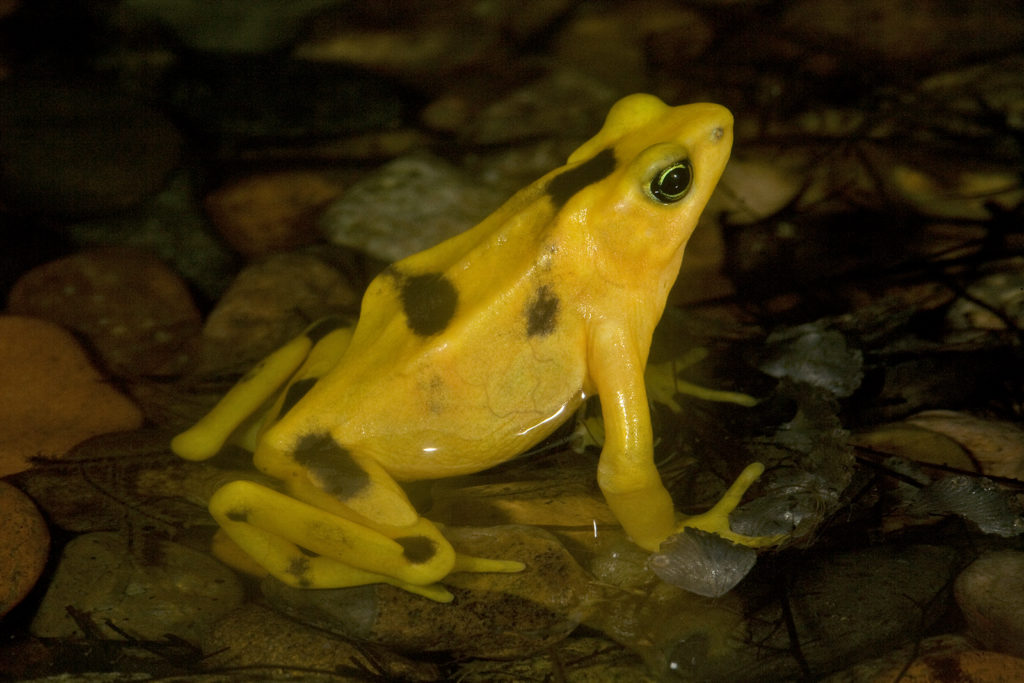
But the species’ good luck seems to have run out with the spread of a fungal disease called chytridiomycosis, or chytrid fungus, which has wiped out golden frog populations. Sadly, the species is now believed to be extinct in the wild. However, it is found in managed-care facilities throughout North America, working to keep the species alive and healthy. Learn more about them here.
On this Endangered Species Day, we’re celebrating you and everything you make possible for wildlife worldwide. Keep reading, learning, and sharing!
Wendy Perkins is a staff writer for San Diego Zoo Global. Read her story The Brainy Bunch.



